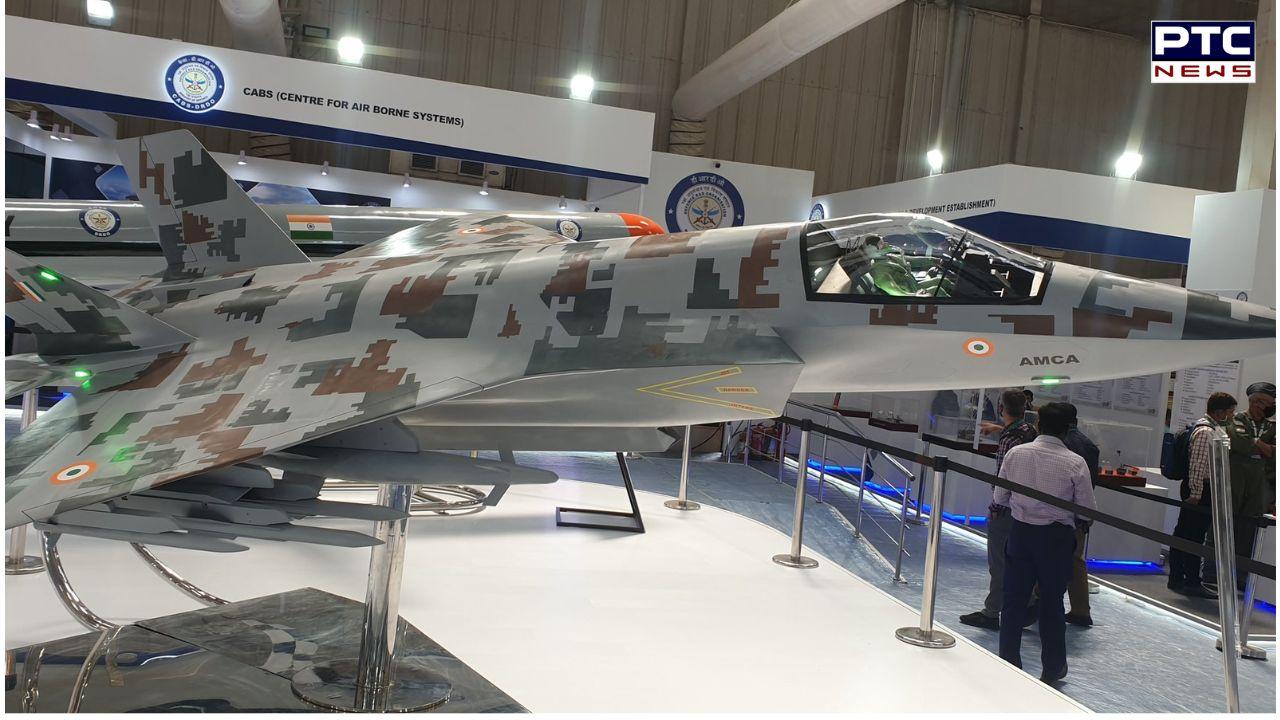

India okays indigenous stealth fighter jet project amid China's push to arm Pakistan with J-35
PTC Web Desk: In a strategic move to counter growing military ties between China and Pakistan, India has approved the development of its own next-generation stealth fighter jet. Defence Minister Rajnath Singh has cleared the framework for building the country’s first indigenously developed stealth aircraft, positioning it as India’s most advanced combat jet to date.
The decision comes amid reports that China is fast-tracking the sale of its most advanced stealth fighter, the Shenyang J-35, to Pakistan. This aircraft is a single-seat, twin-engine, all-weather, stealth multi-role combat jet. Reports suggest that Beijing may offer it to Islamabad at a discounted rate, enhancing Pakistan’s air capabilities significantly and directly challenging India’s current air superiority in the region.
China has already supplied Pakistan with J-10C fighter jets, and its latest offer of the J-35 signals deepening defence cooperation between the two nations. At the same time, China has already unveiled and tested its 6th-generation stealth jet, believed to be the J-36, developed by the Chengdu Aircraft Corporation.
India’s 5th-generation stealth fighter poject
India’s approved stealth fighter project aims to develop a twin-engine, fifth-generation military aircraft, to be built under the leadership of the Aeronautical Development Agency (ADA). This programme marks a significant step in India’s push for self-reliance in defence and aerospace technologies.
As per the defence ministry's newly approved framework, ADA will soon invite Expressions of Interest (EoI) from both public and private defence firms to develop a prototype of the stealth aircraft. While the project will be spearheaded by a domestic entity, bids can be submitted either individually or through joint ventures, opening the door for private sector participation—a recommendation made by a top defence panel in March 2025.
This move aims to diversify India’s defence manufacturing base and reduce dependency on state-run Hindustan Aeronautics Limited (HAL), which is currently facing challenges with existing projects.
HAL, India’s primary aircraft manufacturer, has been struggling with delays in the Light Combat Aircraft (LCA) Tejas project, a 4.5-generation fighter jet. The company attributes these delays largely to the slow delivery of jet engines from US-based General Electric (GE).
To mitigate such dependencies in the future, India’s Defence Research and Development Organisation (DRDO) is actively working on the GTRE GTX-35VS Kaveri Engine project, aimed at developing an indigenous aircraft engine for platforms like the LCA Tejas.
Currently, the Indian Air Force (IAF) operates 31 squadrons, far below the sanctioned strength of 42. Most of these jets are of Russian and French origin, highlighting the urgency for self-reliant upgrades. The development of a fifth-generation stealth fighter jet is seen as a strategic necessity to address this shortfall and to match the rapidly modernising air forces of China and Pakistan.
- With inputs from agencies
